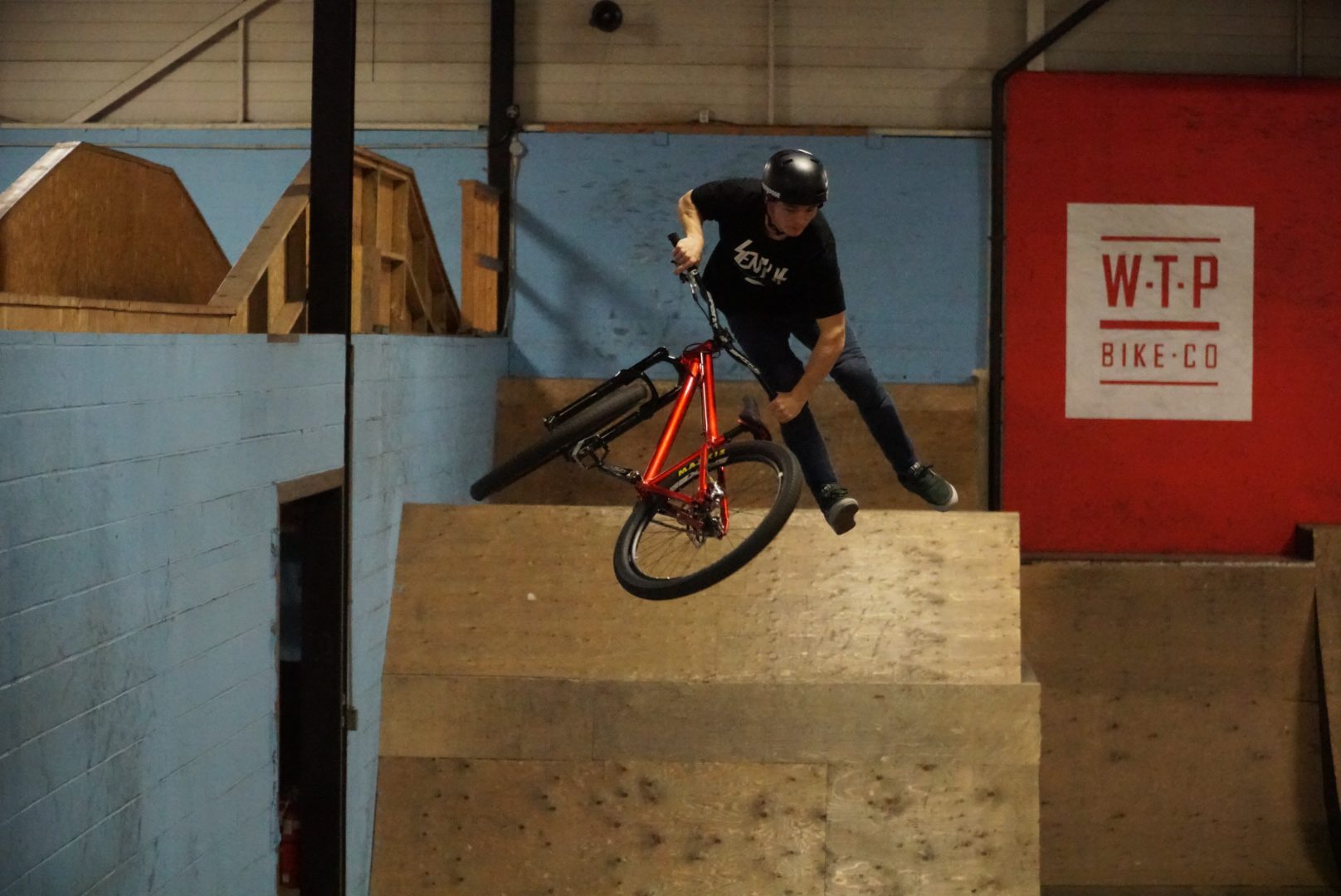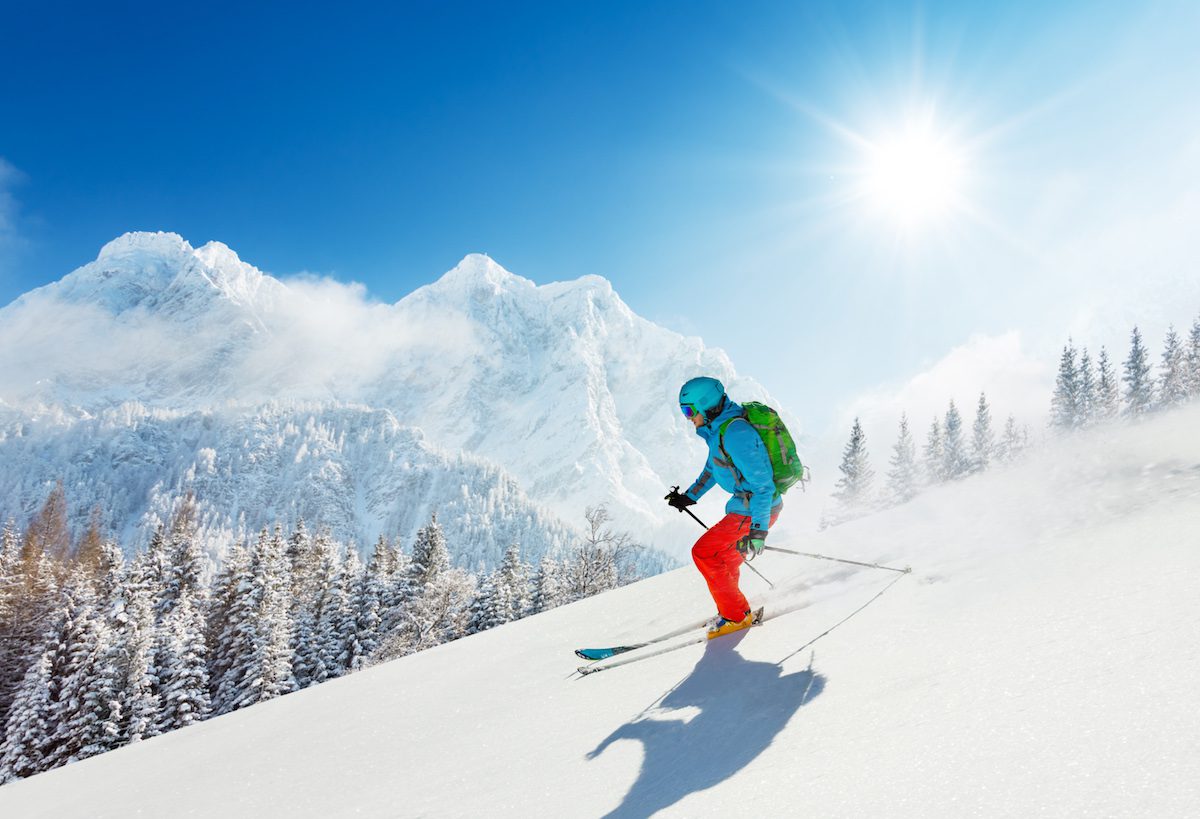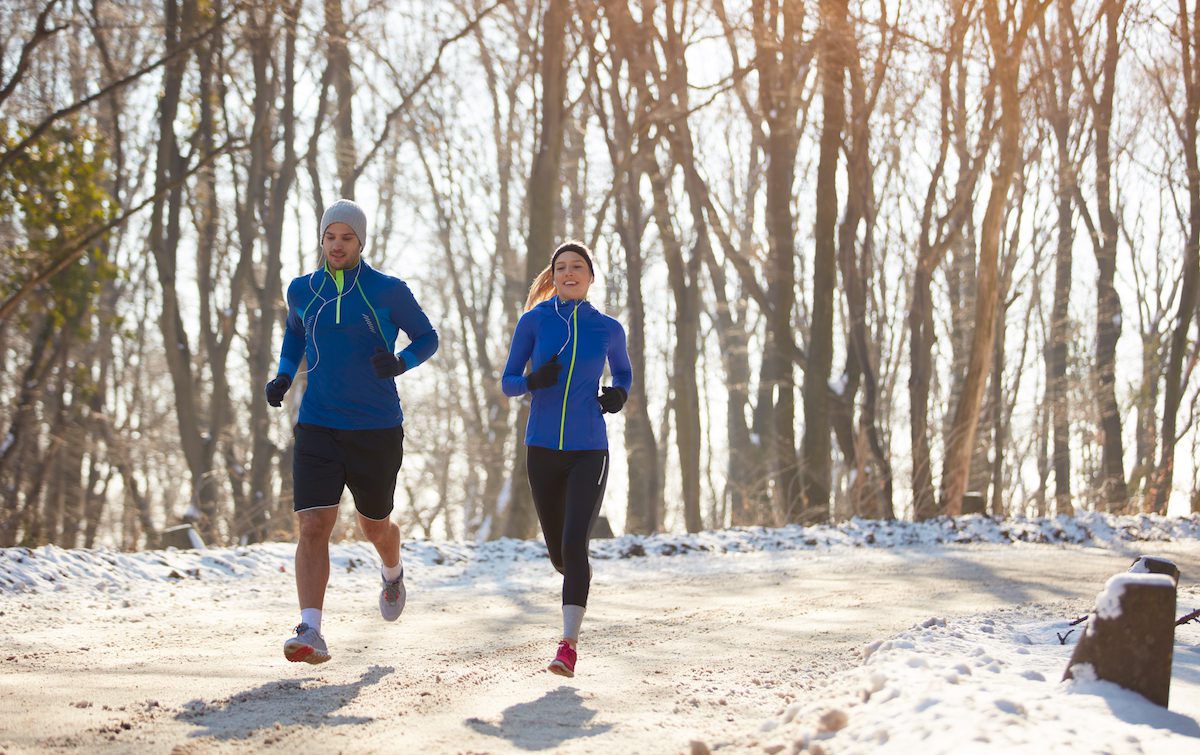Cross training for mountain bikers
How to stay fit, stay sane and have fun through winter while waiting for the trails to melt
 Photo by:
Rally Cycling
Photo by:
Rally Cycling
Mountain bikers in Canada endure a long off-season away from the bike every year. It can make it hard to stay in shape well enough to hit the ground running when all that snow finally does melt.
On the other hand, the skiing in Canada is amazing. So winter isn’t all bad.
Still, staying fit through winter for spring riding and racing requires some cross training. By mid-February, even the most dedicated among us is growing a little tired of logging into Zwift. Here are several off-season options to keep training fresh. Heck, some of them are so fun that they won’t even feel like training – but they’ll still make you faster on a bike when spring rolls around.
Cross training for mountain bikers
Cross country skiing
Xc skiing is a natural winter cross-over for mountain bikers. It is outdoors, it’s very physical and it’s on trails. Short of fat biking, it’s the closest you’ll get to mountain biking in winter. Plus, it is a phenomenal full-body workout. Nordic, whether classic or skate, has been a go-to off-season activity for years, and for a good reason.
Downhill skiing
For the more gravity inclined, downhill skiing may be a more relevant cross training option than nordic. The speed, steepness and chairlift back to the top of the local ski resort are all familiar to downhill racers. With so many winter resorts expanding into summer activities, it might even be the same mountain.
But it’s not just the DH crowd that will benefit from a day on the slopes. Learning to be comfortable at high speeds, and the leg strength needed for skiing will pay off when you get back on the bike, no matter what type of
Ice Skating
Whether it’s speed skating, a game of hockey or figure skating, getting out on the ice is a great way to stay active in the winter. Plus, with minimal equipment and tons of local rinks in most Canadian towns and cities, it is easy to get a quick workout in.
General strength training
mountain biking is great for fitness but, like most sports, it can lead to some muscle imbalances if it’s the only form of exercise you do. Expanding your horizons to any of the activities on this list will help, but spending some time in a gym (or home gym) is a quick way to help get back to a more balanced body. This will help avoid overuse injuries. General strength also helps you stay safe if (when) you do fall off the bike.
RELATED: At-home strength training for mountain bikers
Mountain bike specific strength training
Yes, we know we just said general strength is important. And it is. But so is developing the specific movements and skills that will make you faster and safer on the bike. Why make it two different entries? Because, since mountain biking is such a dynamic sport, there are so many sport-specific exercises that this is easily its own category. You don’t need specialized equipment, or you can make that equipment yourself out of bike parts.
RELATED: How to make a DIY home gym out of spare bike parts
Yoga
Yoga may have exploded into North America as a fad, but it has stayed popular for reason. It’s more than just a good core workout or a stretching session, though it’s good for core strength and flexibility. Yoga develops balance, movement and body awareness, all of which help you on the trails. Plus, it can be a distraction-free stretch of time to focus, relax and find some quiet.
Running
Running is a bit trickier in winter, but it’s such an efficient, quick workout that it generally makes up for it. Step out your door, trot around for a bit, finish back at your front door. With early winter sunsets, a lunch jog is a great way to get outdoors during daylight. Sure, cyclists have made fun of runners for as long as mountain biking has existed, but it’s that getting a bit tired? Lace up a pair of trainers and you’ll probably be tired sooner than you’d expected, too.
RELATED: Running for cyclists
Climbing
Climbing requires excellent core strength, upper body strength (not something cyclists are known for), and the precision of movement under physical stress. Are all great to develop and will improve your riding. Plus, you can climb indoors in most Canadian cities right through winter.

Indoor bike parks
More indoor mountain bike facilities are popping up across Canada, following the lead of Joyride 150 in Toronto and Calgary’s B-Line. These areas are a great way to keep your jumping and bike handling skills sharp, or to learn new ones. While street and dirt jumping are the focus, many facilities have easier lines and pumptracks that are ideal for riders of all disciplines to hone their skills.
Indoor trainers / rollers
Nothing quite replicated the fitness required to ride a bike like … riding a bike. Even if it is indoors. Once you’ve run through all the cross training options above, returning to the virtual world of Zwift won’t feel so bad.


